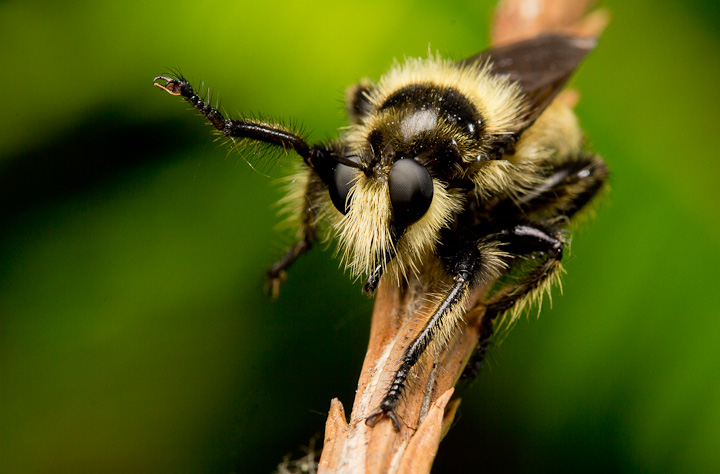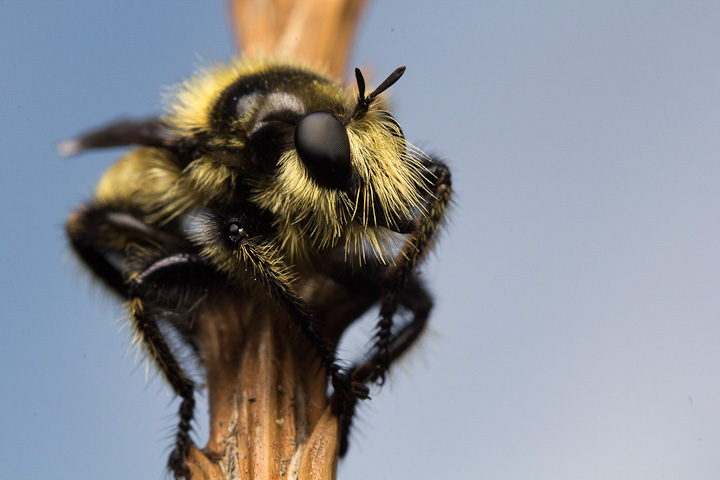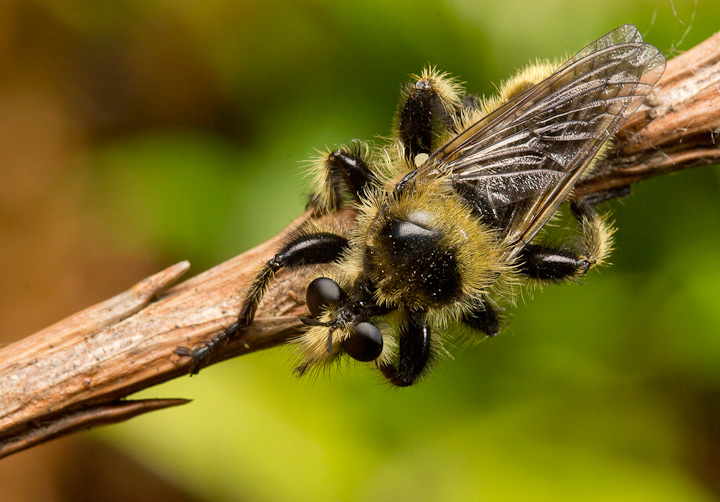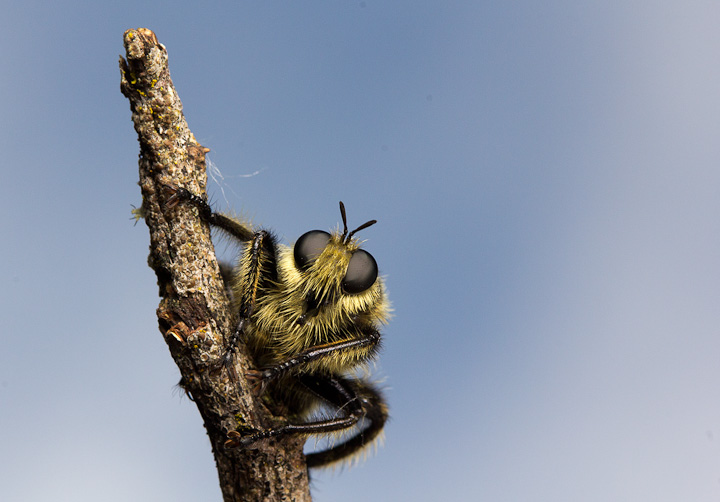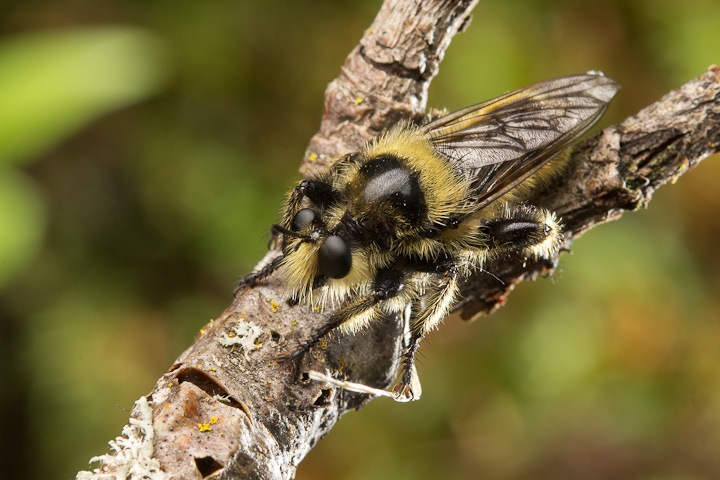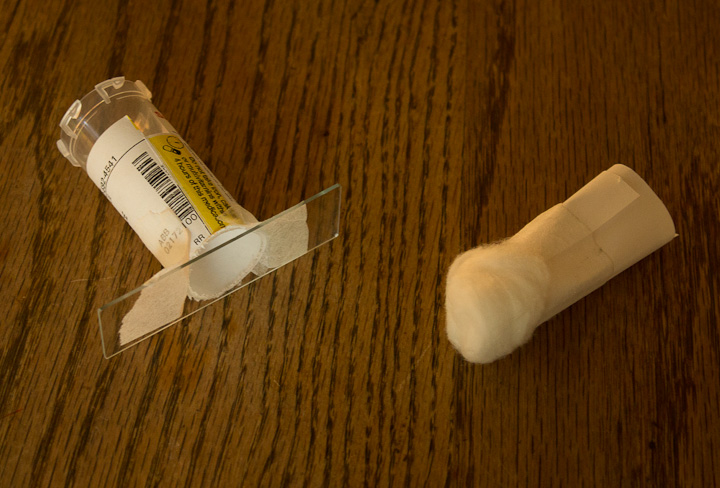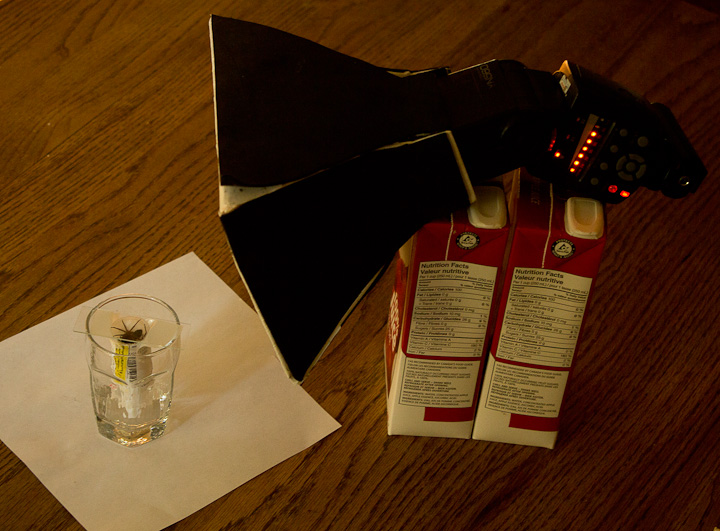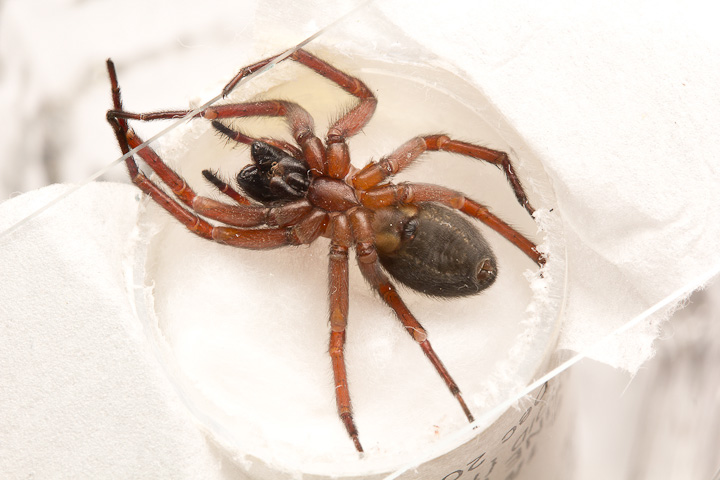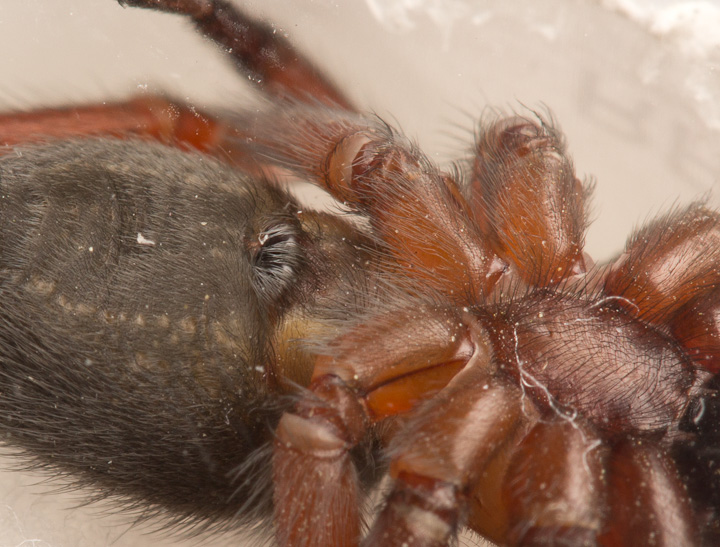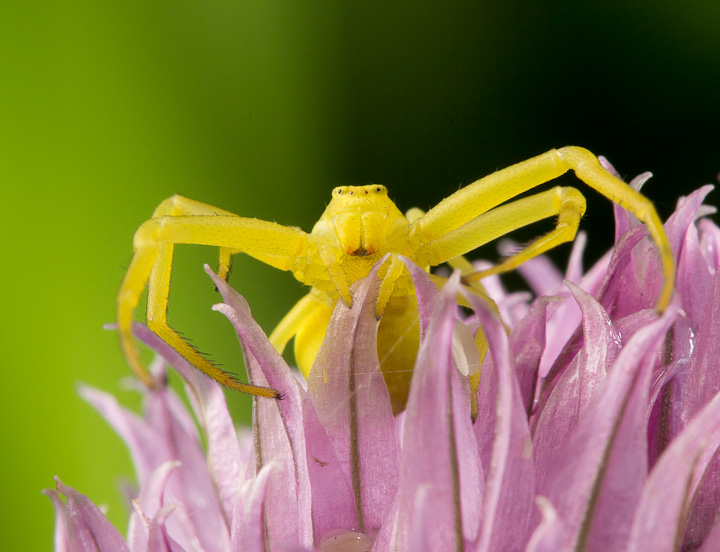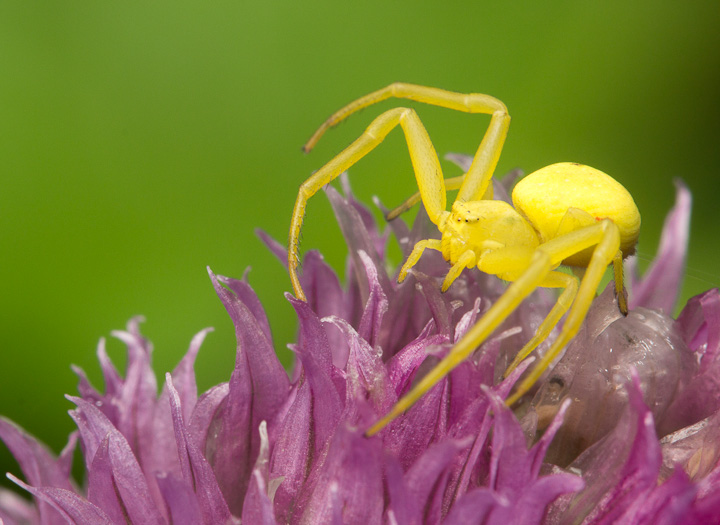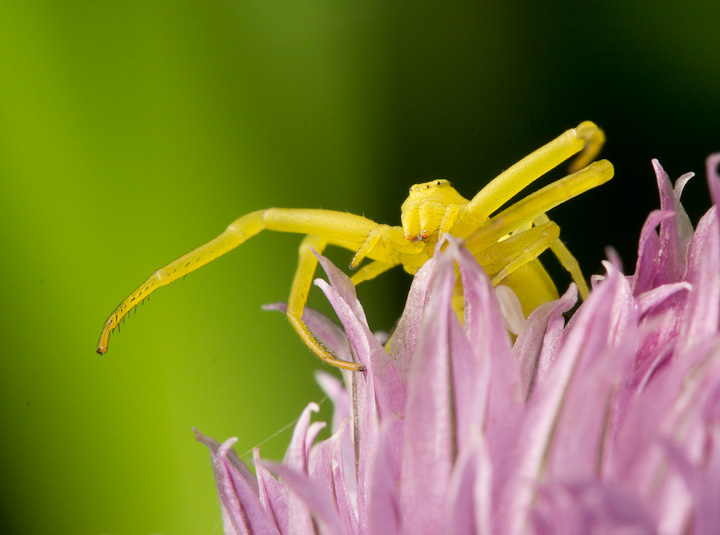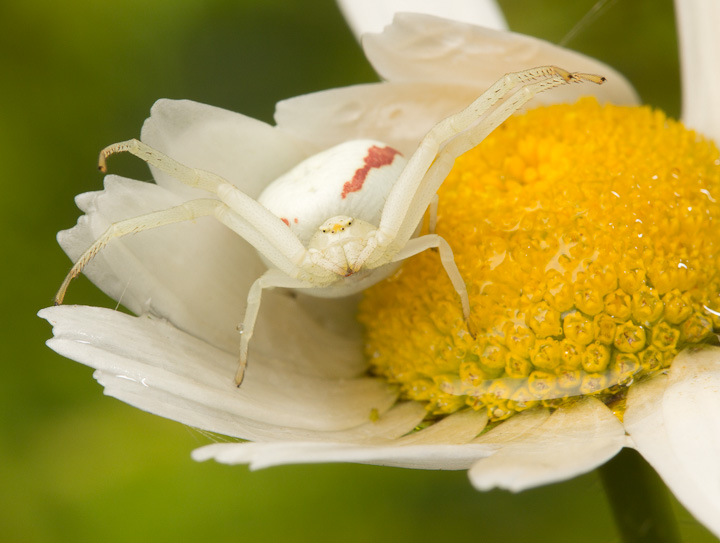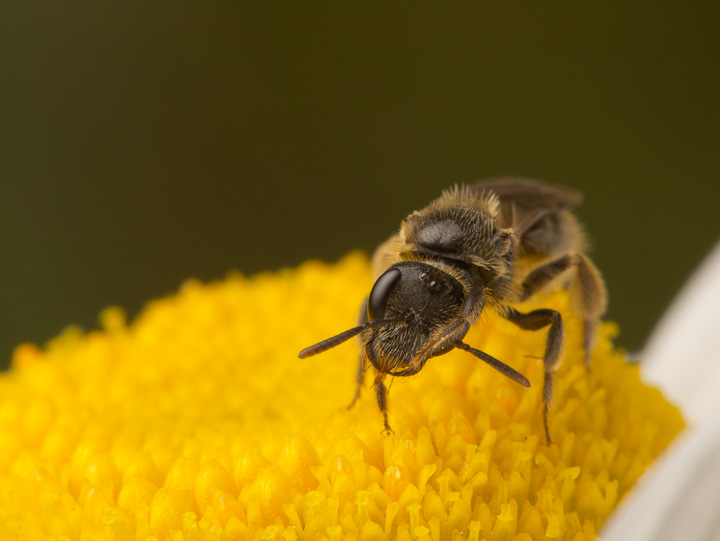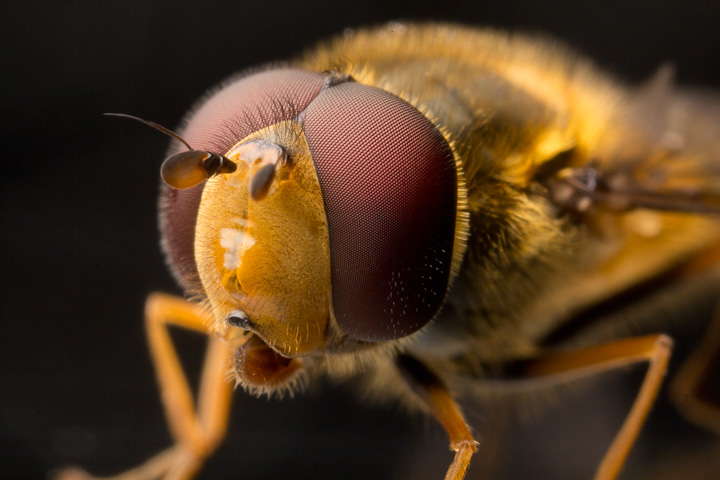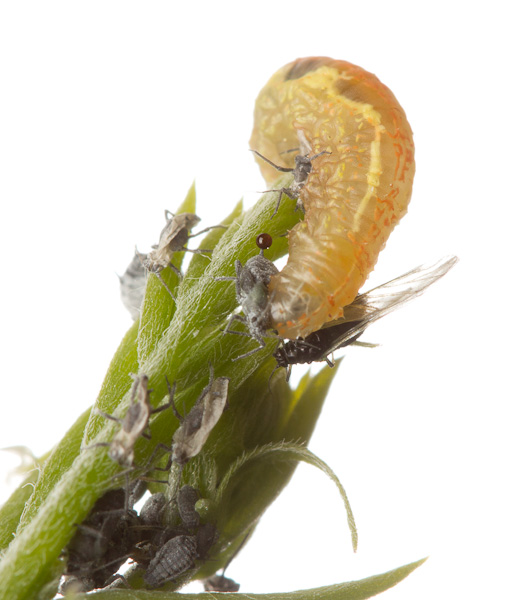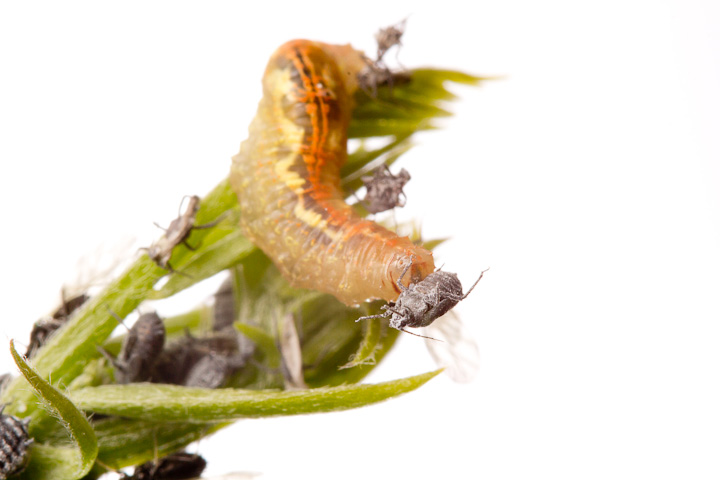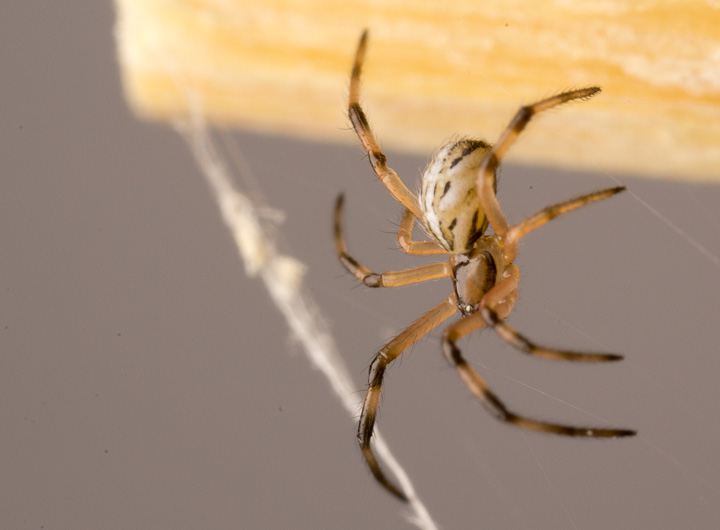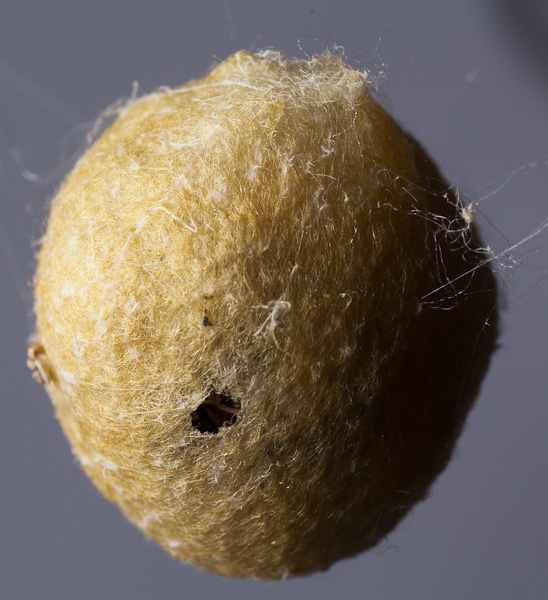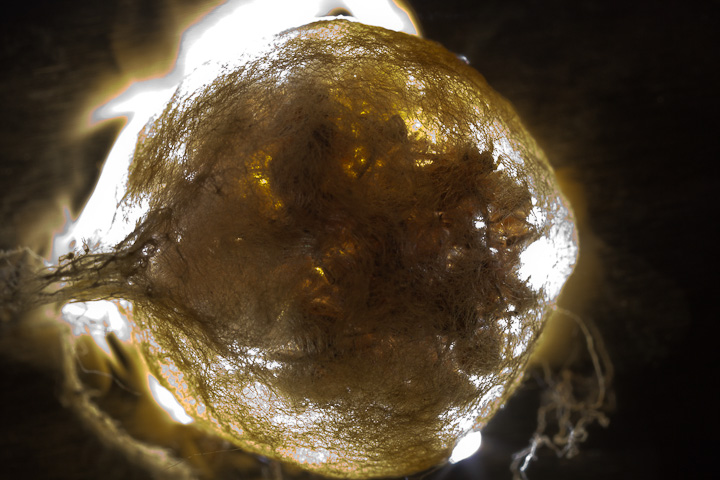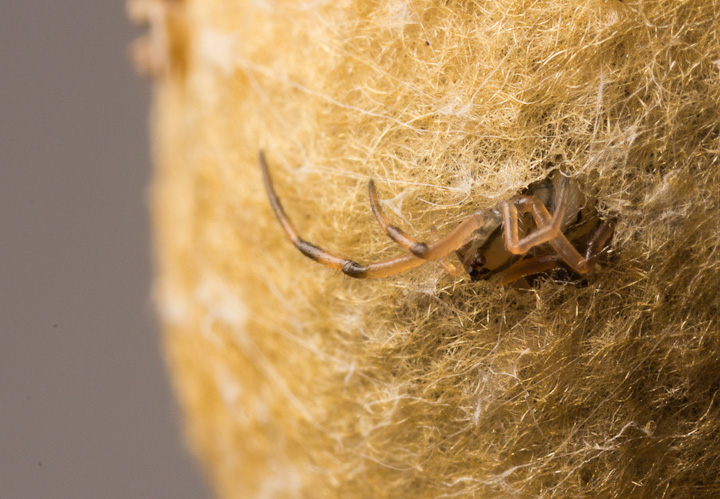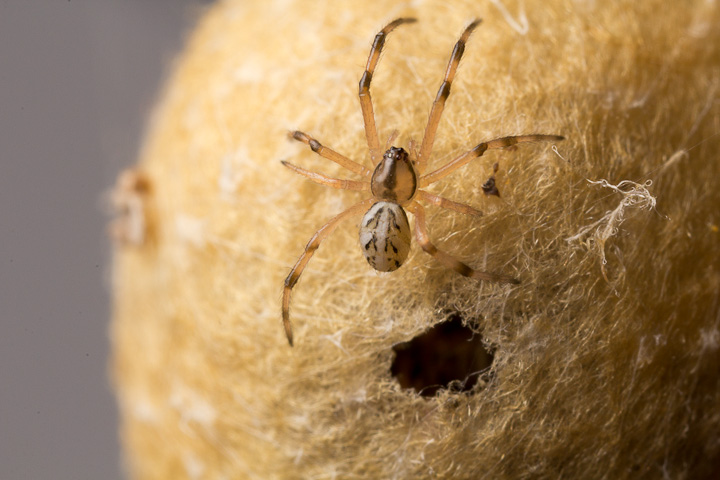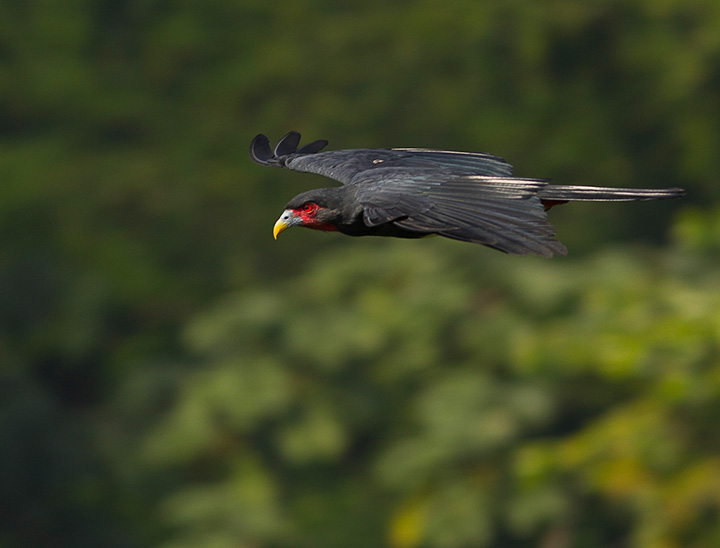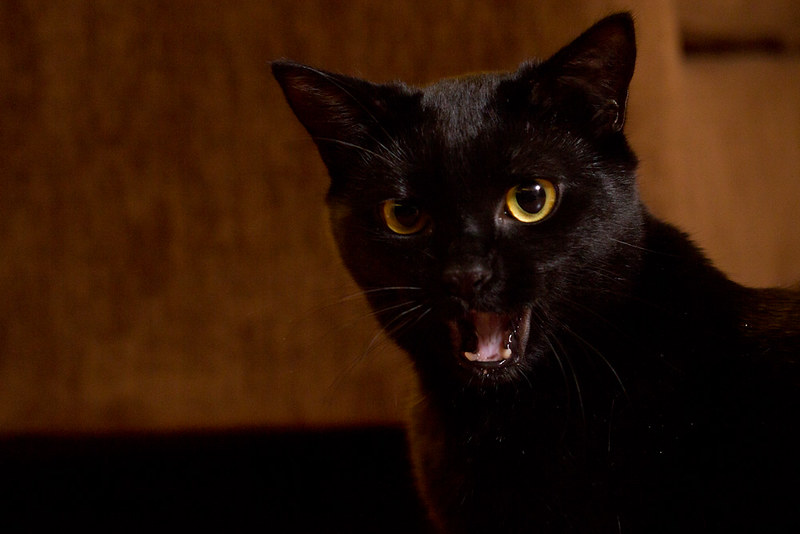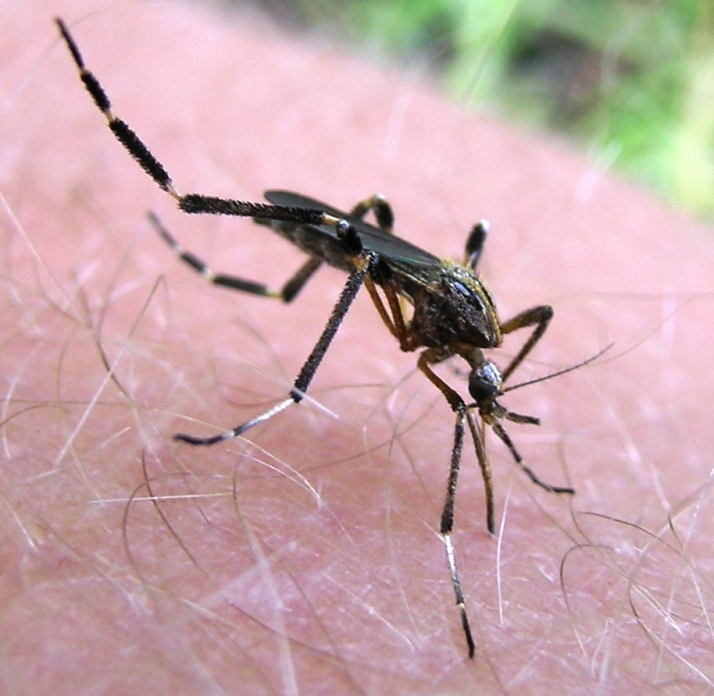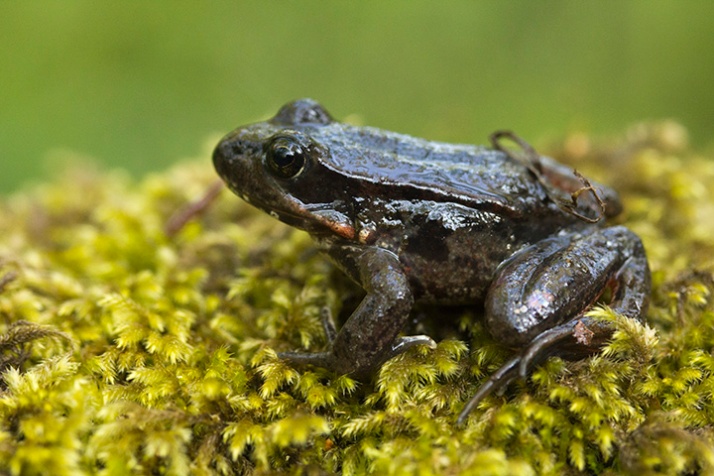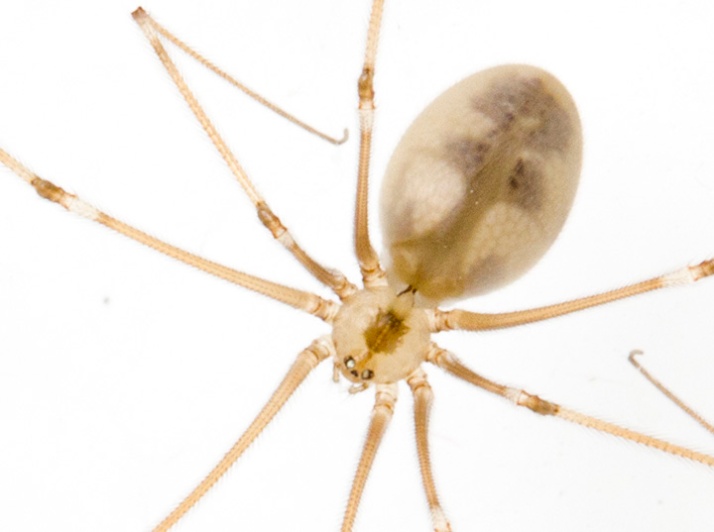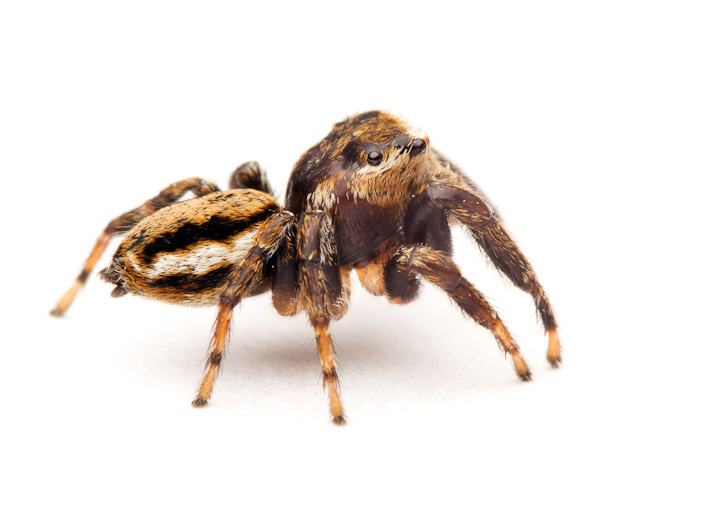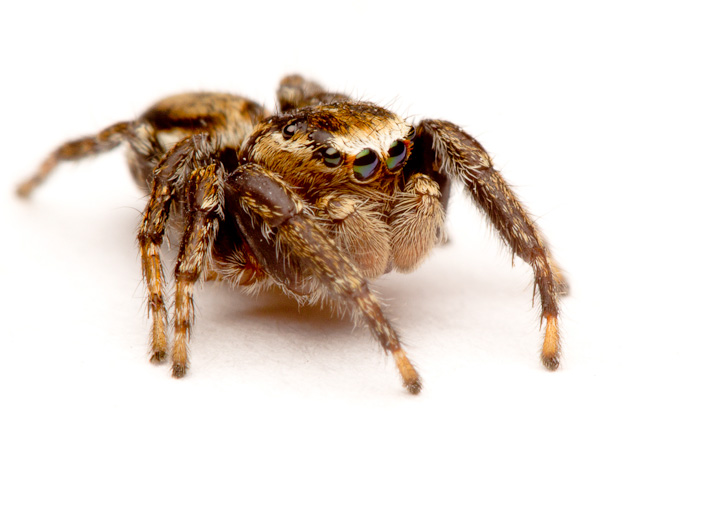
This poor young Mallard has a hook embedded in the wing, and likely a broken wing from trying to free itself.
Yesterday, I took my dad down to see Hastings Park, one of the very few natural areas in my neighbourhood. After making our way along the shore, we came to the north side of the pond, where we stopped for a while to watch a heron preening. After a time, we noticed a group of young Mallards sitting on the shore. One of them had its left wing drooping, as if it was injured. We thought at first that the raccoon we had seen earlier had attacked it, but closer inspection revealed that the poor duck had a fishing hook stuck into its wing. Evidently, the bird had become snagged on the hook and broken its wing trying to free itself.
How could this come to be? Why was there a discarded fishing hook hanging from one of the branches?
Well, the story behind this actually is more than a bit creepy. Stan Taylor, another nature enthusiast was there when we met this unfortunate duck and gave us the background. A couple months ago, the administrators of the park (which is a private company!) and the Freshwater Fisheries Society of BC decided it would be fun for the public to be able to fish in the pond, and so they plowed a route down to the water (in bird nesting season) and installed a dock for people to fish from. They also released 900 sterilized rainbow trout for people to catch. The rules were supposed to be that the fishing was only to occur at that specific dock, but people began fishing all around the pond in the height of nesting season, trampling down vegetation and leaving waste all around the park.

Here is a hook hanging in Hastings Park on June 11, ready for a frugivorous bird to grab it.
This is a really ill-thought out idea, that goes in direct opposition to the planning that has been done by the Hastings Park Conservancy and the recommendations of the Friends of Hastings Park. Instead of a quiet urban refuge for wildlife, the powers that be want to make this quiet park into a far different place, where people learn how to kill aquatic animals for sport. I am not against fishing per se, but this tiny little pond is not the kind of place for it. Here in East Vancouver, we have so little in the way of habitat for wildlife, that every little bit should be carefully managed.
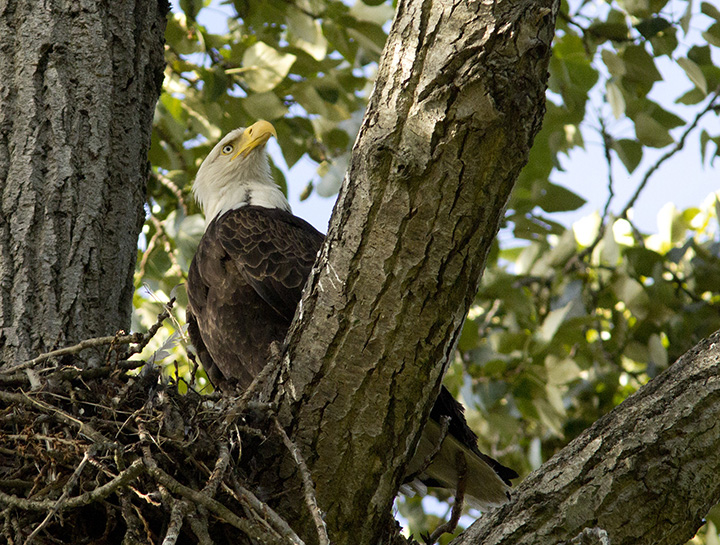
130 species of bird have been sighted in Hastings Park, and there is an active eagle nest in a large cottonwood.
Anyway, I have sent the pictures and a letter to the Parks Board and put up the video on YouTube. This unfortunate bird is probably only one of many that have been or will be adversely affected by this change in the way the park is used. Hopefully this will help change some minds about having an unaccountable private entity control one of our public parks.
Hastings Park is one of my favourite nearby places to go to see wildlife, and it would be a shame if injuries like this become the norm for the birds nesting and migrating through the park.
For more information about the controversy, see the following links:
Opinion Article from Vancouver Courier

